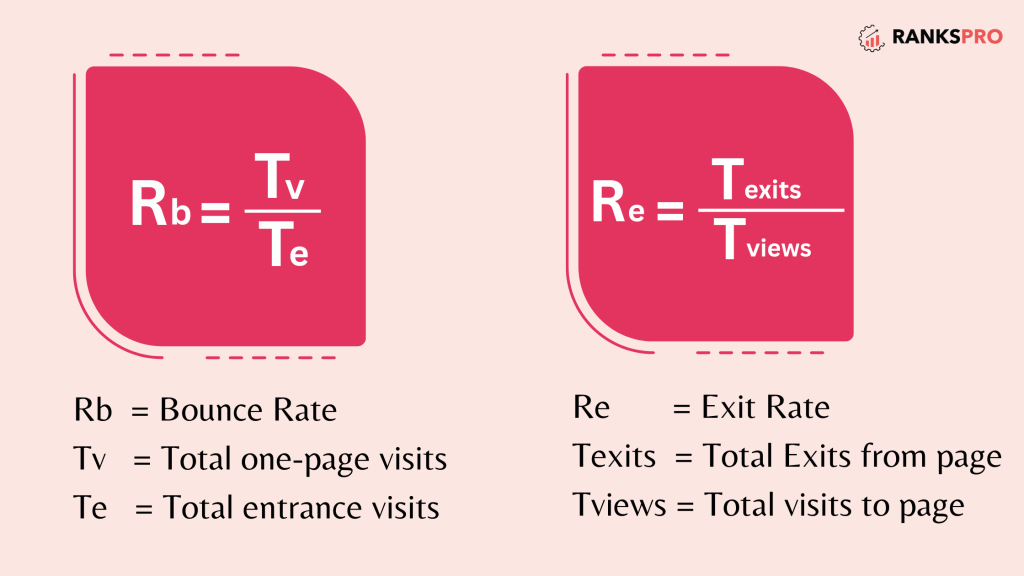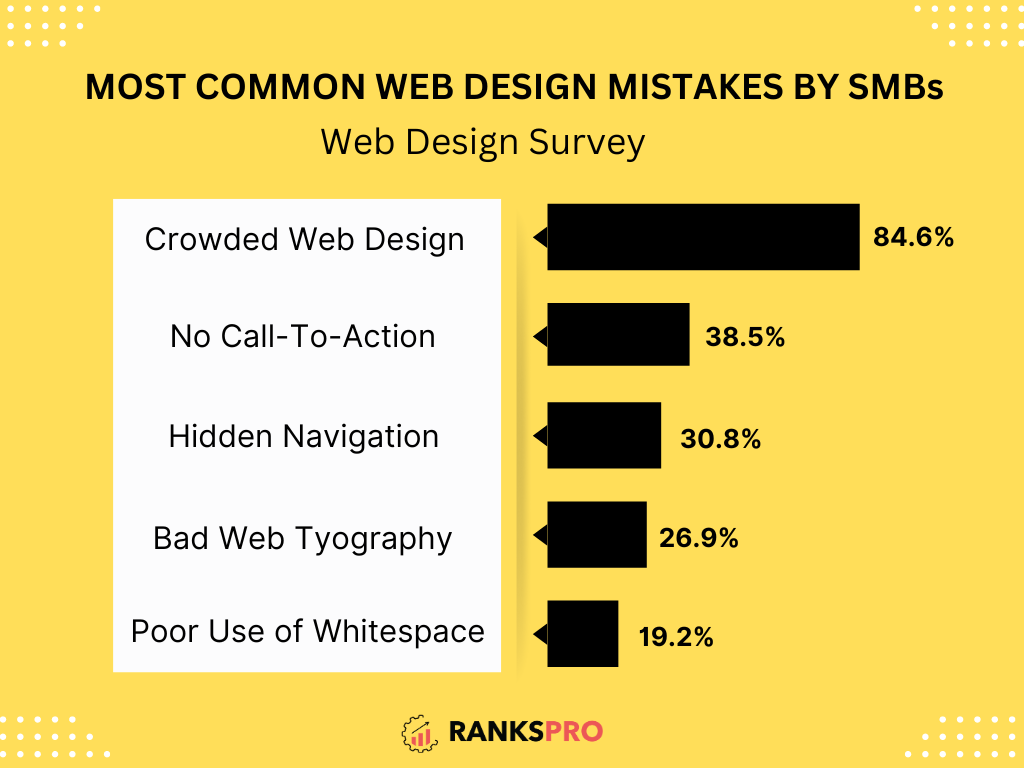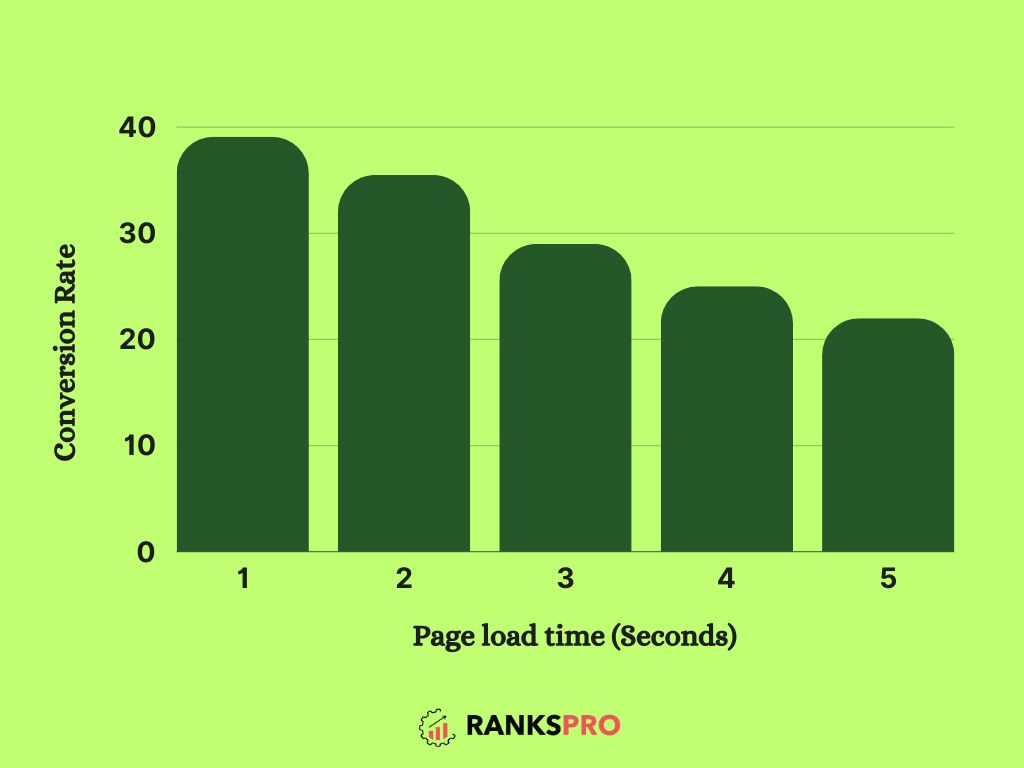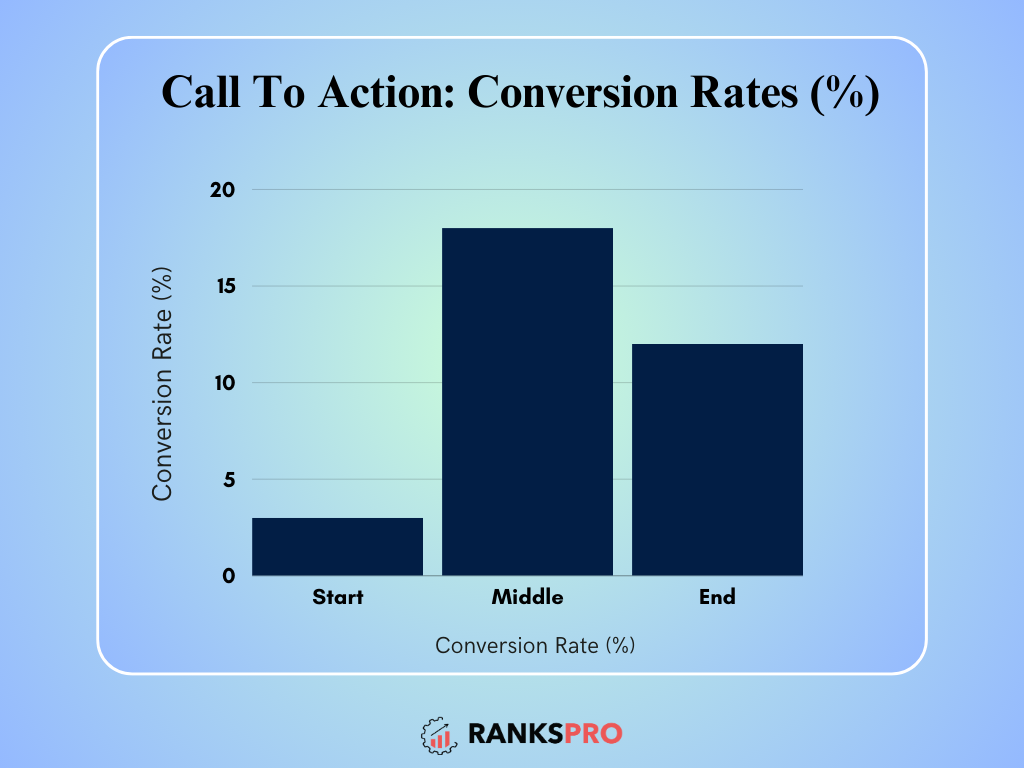A Quick Guide on How to Reduce Bounce Rate
Table of Contents
Have you ever landed on a website, only to leave within seconds? Chances are, you encountered a confusing layout, slow loading times, or irrelevant content. This behavior is captured by a website metric called bounce rate, and it signifies a missed opportunity to engage your visitors.
But have you ever thought that what happens when they leave early without even scrolling or doing any action – that’s what Bounce Rate triggers.
In this blog, we will talk about the concept involved behind bounce, how it actually affects SEO performance and some important tips to reduce this factor.
Let’s first get started with knowing what bounce rate is:
What is Bounce Rate?
Bounce rate, a crucial metric that gauges user engagement on your website. It reflects the percentage of visitors who leave a webpage without taking a desired action, such as clicking a link, filling out a form, or making a purchase.
For instance, imagine 1,000 visitors land on your website, and 470 depart without further browsing or exploring. This translates to a 47% bounce rate for that specific page.
Bounce rate increases when sessions lack any of the following:
- Duration exceeding 10 seconds: This indicates minimal user engagement with the content.
- Conversion event: Conversions are actions you define as valuable, such as a form submission or a purchase.
- Subsequent page view: With proper website navigation (for example using breadcrumbs) users on your website demonstrate a level of interest.
While often confused, bounce rate and exit rate are distinct concepts. Exit rate refers to the percentage of visitors who leave your website from a particular page, regardless of their previous browsing history.

Here’s an illustrative example: Imagine analyzing bounce rates and exit rates for a “thank you” page. A high bounce rate on this page would be concerning, as it suggests users are viewing only that page and then leaving.
Conversely, a high exit rate wouldn’t necessarily be alarming. This could simply indicate that the “thank you” page was the final stop in a sequence of visits, with users likely arriving from the preceding landing page.
By understanding these distinctions, you can gain valuable insights into user behavior on your website.
How Does Bounce Rate Affect SEO?
Bounce rate isn’t just about conversions. For website owners focused on SEO (Search Engine Optimization), a high bounce rate can be a red flag. Google emphasizes positive user experience as a key factor for top search rankings.
Here’s the connection: a high bounce rate often indicates underlying issues that hurt both user experience and SEO.
These issues include:
- Slow loading speed
- Low-quality webpage design
- Mismatch between content and keywords
- Poor mobile optimization

So, what’s a “good” bounce rate? According to GoRocketFuel.com, the average range falls between 41% and 51%. While a rate above 70% might seem high, it’s not necessarily a cause for panic unless it reaches closer to 90%.
Additionally, mobile devices tend to have inherently higher bounce rates due to smaller screen sizes and browsing habits. Content Square reports an average mobile bounce rate of 51% across industries.
Now the question you might have – what causes bounce rate to fluctuate high and low?
Let’s know some common reasons.
Common Causes of High Bounce Rate
1. Irrelevant Titles, Descriptions and Content
Inaccurate titles, meta descriptions, and content create an unpleasant scenario. Visitors arrive expecting one thing based on your description, but find something entirely different. This leads to disappointment and a quick exit.
Ensure your titles and meta descriptions accurately reflect the content on your page. Tailor your content to address the search queries you want to attract visitors for. Additionally, review Google’s auto-generated meta descriptions and adjust if needed.
2. Poor and Discouraging User Experience
Excessive advertisements, pop-up surveys, and email signup forms can overwhelm visitors and hinder their ability to navigate your website effectively. Google’s Core Web Vitals also play a role, as they prioritize user experience as a ranking factor.
Additionally, a poorly designed navigation system (e.g., missing search bar, unclickable menu items on mobile) can frustrate visitors looking to explore further.

Avoid cluttering your website with excessive CTAs. Prioritize user experience by implementing clean design principles and ensuring a clear navigation structure. Consider having a web designer or UX specialist review your website for potential improvements.
3. Blank Page or Technical Error
If your website displays a blank page, returns a 404 error, or fails to load properly, visitors will encounter a frustrating dead end. This can negatively impact your search ranking.
Test your website across different browsers and devices (e.g., Safari on desktop and mobile, Chrome on mobile) to identify any loading issues from the user’s perspective. Utilize Google Search Console to discover potential issues from Google’s perspective. Resolve any technical problems promptly.
4. Lack of Mobile-friendliness
In today’s mobile-first indexing world, websites that haven’t been optimized for mobile devices will suffer. These websites often display poorly on mobile screens, load slowly, and create a negative user experience.
Ensure your website utilizes responsive design principles, allowing it to adapt and display effectively across various devices. Test your website on a mobile phone to identify any usability issues specific to the mobile experience.
5. Slow Loading Time
A slow loading website frustrates visitors and contributes to high bounce rates. Google prioritizes site speed as part of its Core Web Vitals initiative and its overall ranking algorithm.

Optimizing website speed is an ongoing process. However, incremental improvements can lead to significant boosts in loading times. Consider consulting with SEO and marketing professionals for expert advice on improving your website’s speed.
By addressing these common causes, you can significantly reduce your website’s bounce rate and improve your chances of converting visitors into engaged users.
Top Tips to Reduce Bounce Rate
Now that we have analyzed how this critical SEO metric works and affects overall SEO performance, let’s get down to crucial tips you should follow to reduce bounce rate.
1. Analyze and Enhance Website’s Responsiveness
The ever-evolving technological landscape necessitates a website that adapts to a growing variety of screen sizes, input methods, and user devices. Many bounce events occur when users struggle to navigate or comprehend information due to website limitations.
A responsive website addresses this concern by adjusting its layout and elements to function seamlessly across diverse platforms, preventing the loss of potential visitors due to compatibility issues.
Furthermore, user navigation should be intuitive and effortless. Visitors require clear direction upon landing on your website, enabling them to locate the content they seek with ease.
To enhance accessibility, integrate a site search feature on every page. This empowers users to find specific information efficiently without the need to leave the current page or website entirely.
2. Make Content More Readable and Accessible
Formatting your website’s content to be welcoming and accessible is a key strategy for reducing bounce rate. The less effort required for visitors to grasp the information they require, the higher the likelihood of their continued engagement.
Avoid overwhelming them with dense, lengthy paragraphs that dominate the page. Instead, utilize white space strategically to create a more approachable visual environment.

Here are some recommended formatting techniques to minimize visual complexity:
- Strategic Use of Headers: Implement clear and concise headers to structure your content.
- Frequent Subheadings: Employ subheadings to break down sections and improve scan ability.
- Relevant Images: Include complementary images to enhance understanding and visual appeal.
- Bulleted Lists: Utilize bulleted lists (as exemplified here) to present information in a visually distinct and easily digestible way.
These formatting options improve content accessibility, allowing readers to scan or skim the content quickly and identify sections most relevant to their needs.
3. Utilize Only Relevant Internal Links
While linking to relevant, informative, and valuable blog posts that offer in-depth exploration of specific topics is encouraged, it’s crucial to avoid excessive internal linking.
An overcrowded internal linking structure can hinder readability, leading to visitor confusion and a reluctance to click on any internal links. When selecting internal links and anchor text, prioritize relevance and maintain a logical linking strategy.
4. Optimize Page Load Time
Among the most detrimental website issues is excessively slow loading times. The quality and depth of your content become irrelevant if users cannot even view it.
A significant portion of users, around 47%, anticipate web pages to load within two seconds or less, emphasizing the crucial role of on-page SEO in reducing bounce rate.
This holds particular significance for mobile websites, as slow loading times are a primary factor contributing to shopping cart abandonment in e-commerce businesses.Before focusing on content optimization, ensure that visitors can access your web pages promptly.
5. Include a clear call-to-action
Clarity is paramount when aiming to reduce bounce rate. This principle extends to your call to action (CTA). Avoid confusing visitors with multiple CTAs, particularly on landing pages. Identify a single, decisive action for visitors to take, communicate it clearly and truthfully, and carefully consider its placement.

The initial seconds of a visitor’s experience on your website are crucial in determining their overall impression. By placing your CTA within the upper area of the landing page, users can readily grasp the page’s objective upon arrival.
Leverage eSearch Logix’s SEO Services to Control Bounce Rate
Bounce rate is a key website metric that reflects the percentage of visitors who leave your site after just one page view. A high bounce rate can indicate several issues, from irrelevant content to poor user experience.
By understanding the causes and implementing the actionable tips covered in this guide, you can significantly improve your website’s engagement and achieve your marketing goals.
Through a comprehensive approach, eSearch Logix will help you create a website that grabs attention, keeps visitors engaged, and ultimately converts them into loyal customers.Our team of specialists can:
- Conduct in-depth website SEO audits to identify bounce rate culprits.
- Craft compelling content that resonates with your target audience.
- Optimize your website for a seamless user experience across all devices.
- Develop a data-driven strategy to improve website navigation and internal linking.
- Implement technical SEO best practices for faster loading speeds.
As a trusted SEO company, eSearch Logix possesses the expertise to take your website’s bounce rate to the next level.Let’s work together to transform your website’s bounce rate into a thing of the past!







